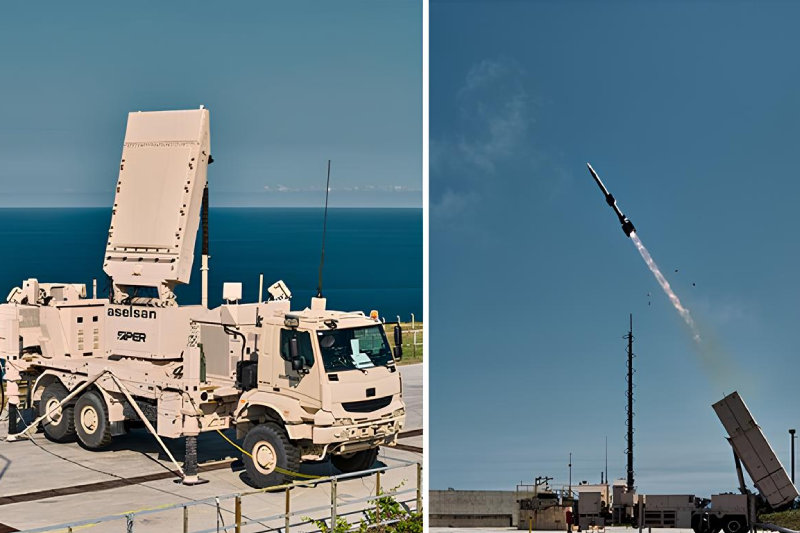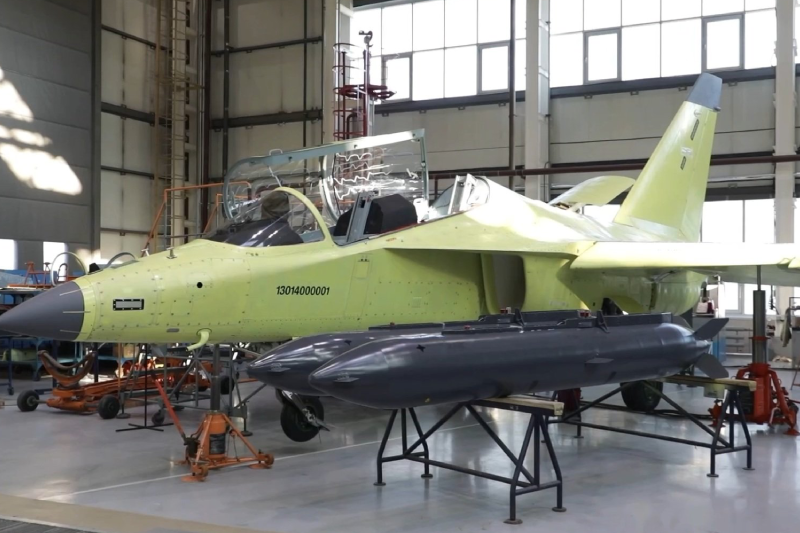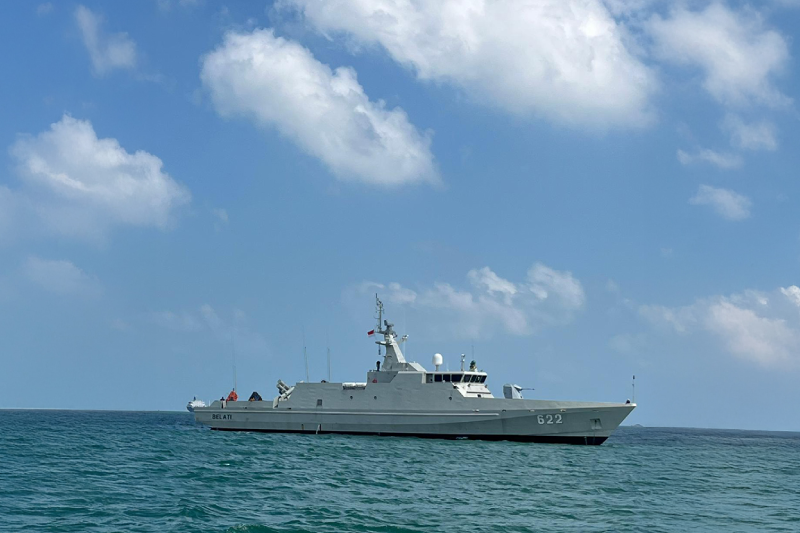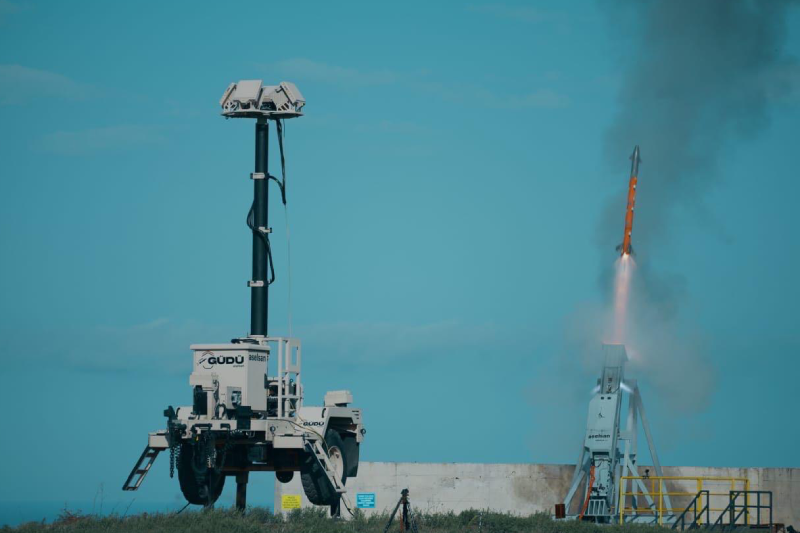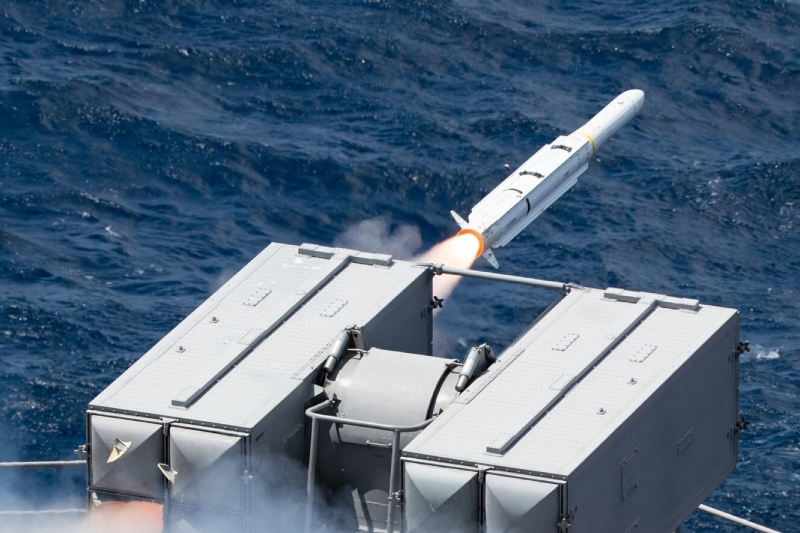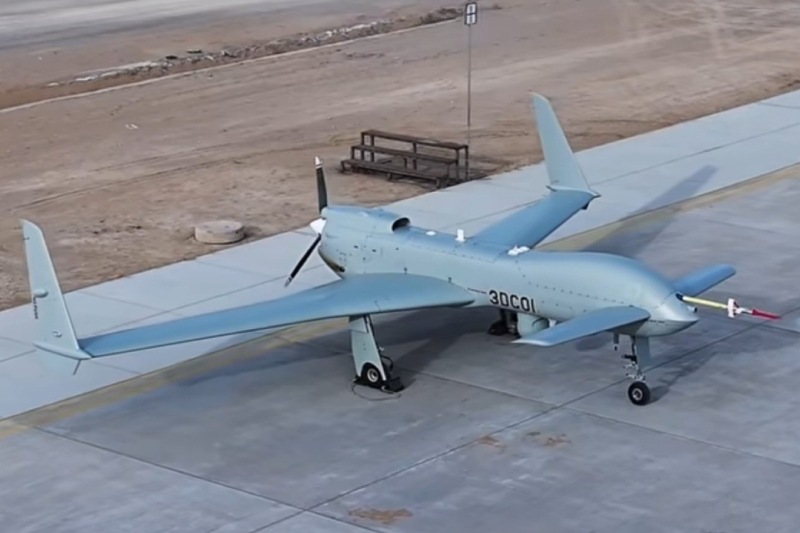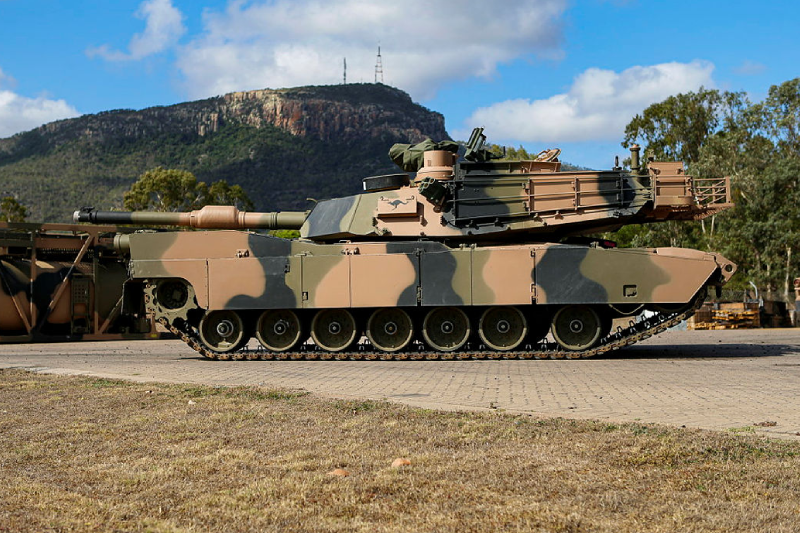China’s New Weapons at the Military Parade 2025
The military parade commemorating the 80th anniversary of the victory of the Chinese People’s War of Resistance Against Japanese Aggression and the World Anti-Fascist War has concluded, marking what many military enthusiasts are calling a “New Year for military fans.” This comprehensive analysis examines the groundbreaking weapons systems and strategic technologies that China unveiled during this historic parade.
The 2025 military parade represented more than just a ceremonial display. It showcased China’s fundamental transformation in military strategy, combat concepts, and technological capabilities. The implicit information conveyed by the parade equipment reveals a complete reimagining of modern warfare principles and China’s position at the forefront of military innovation.
Revolutionary Type 100 Fourth-Generation Main Battle Tank
The most significant ground-based revelation was the Type 100 fourth-generation main battle tank, which challenges conventional tank design principles. Contrary to expectations, this advanced combat vehicle features a surprisingly lower combat weight while maintaining significantly higher defensive capabilities than anticipated.
The Type 100’s design reflects China’s strategic army transformation away from traditional warfare concepts. The Chinese military has moved beyond the “traditional Army” model that relies on direct vehicle-to-vehicle contact, gun-to-gun confrontations, armor-piercing ammunition exchanges, and close-range fire confrontations. This shift was influenced by observations of traditional army performance on the Ukrainian battlefield, where conventional methods proved capable but demonstrated limited combat efficiency.
China’s new army emphasizes non-contact combat operations supported by integrated signals and fire support systems. Battlefield situation awareness and beyond-visual-range firepower delivery have become paramount. Modern battlefield priorities now include cruise missiles over armor-piercing projectiles, long-range rocket launchers, battlefield reconnaissance drones, unmanned combat vehicles, and advanced stabilized weapon systems.
The Type 100 represents China’s singular fourth-generation main battle tank platform. Contrary to speculation, there is no separate heavy variant benchmarked against the ZTZ-99A, nor a light version based on the ZTQ-15. This unified platform approach demonstrates China’s confidence in the Type 100’s versatility.
The Type 100 operates as part of an integrated combat system alongside accompanying infantry fighting vehicles, fire support vehicles, and complete combat equipment subsystems. These elements form a comprehensive land combat direct and indirect fire system with situational awareness networks and integrated signal and fire strike capabilities.
The Type 100’s advanced capabilities come with extraordinary costs, reportedly exceeding even the U.S. military’s fully digitalized 4th Mechanized Infantry Division development expenses. This significant investment reflects the tank’s revolutionary performance capabilities but may delay full deployment timelines. The improved ZTZ-99B main battle tank appeared as the parade’s leading vehicle, symbolically bridging past achievements with future innovations.
Marine Corps Amphibious Warfare Evolution
The Marine Corps showcased a notable shift in amphibious warfare equipment philosophy. The traditional ZBD-05 amphibious infantry fighting vehicle and ZTD-05 amphibious assault vehicle were notably absent, replaced by the H/ZBL-08 wheeled infantry fighting vehicle and H/ZLT-11 wheeled assault vehicle. The inclusion of these 16-year-old platforms among cutting-edge equipment was intentional, reflecting the Marine Corps’ mission evolution.
The modification of wheeled infantry fighting vehicles represents a fundamental change in Marine Corps operational concepts and strategic positioning. This apparent step backward masks significant technological advancement, as the new amphibious assault vehicles and Army Amphibious Forces equipment are reportedly as revolutionary as the fourth-generation tanks, with their full capabilities reserved for future revelations.
Army Long-Range Firepower Systems
The 2025 parade featured a deliberately limited selection of long-range firepower systems, showcasing only two configurations of the PHL-191 long-range rocket launcher. Significantly absent were the PCL-181 155mm self-propelled howitzer and PLZ-05B 155mm self-propelled howitzer, along with even more advanced systems that would have impressed former U.S. Secretary of Defense Donald Rumsfeld.
This selective display represents a fundamental shift in China’s overall Army positioning and application strategy. Military analysts suggest China leads the world in strategic vision for Army development, prioritizing integrated systems over individual platform supremacy.

Naval Anti-Ship Missile Arsenal: Specialized Missiles for Specific Purposes
China’s anti-ship missile capabilities have reached unprecedented sophistication, featuring parallel equipment systems rather than simple replacement models. The Eagle Strike-12 serves as a subsonic ramjet supersonic anti-ship missile, while the Eagle Strike-15 functions as an air-launched dual-speed anti-ship missile with enhanced adaptability for J-15T fighter jets.
The Eagle Strike-17 operates as a hypersonic missile using glider aerodynamic layout with superior warhead maneuverability. The Eagle Strike-18 provides advanced dual-speed anti-ship capabilities, while the Eagle Strike-19 incorporates scramjet engine systems with superior penetration capabilities. The Eagle Strike-20 features hypersonic flight with double-cone aerodynamic layout and larger payload capacity. The Eagle Strike-21 delivers hypersonic maneuverable performance with air-launched sea control mission capabilities.
Each missile variant serves specific tactical roles. The YJ-17 provides superior warhead maneuverability for complex targeting scenarios, while the YJ-20 offers larger warhead capacity for high-impact strikes. The YJ-15 delivers enhanced adaptability for carrier-based operations, and the YJ-19 provides maximum penetration capability against advanced defenses.

China’s approach of exploring multiple technological paths simultaneously, rather than pursuing single solutions, enables “specialized missiles for specific purposes.” This capability represents something that even the Soviet Red Navy never achieved, realizing the Soviet Red Navy’s ideal vision for naval warfare.
Advanced Air Defense and Anti-Missile Systems
China has developed what may be the most powerful air defense system in human history, featuring multiple specialized platforms for different threat levels. This comprehensive architecture surpasses both American and Russian air defense structures in scope and integration.
The United States Air Defense Structure relies on fixed GBI systems for national strategic mid-course intercontinental missile interception, THAAD for theater campaign terminal high-altitude missile defense, and Patriot-3 CRI/MSE for theater tactical terminal medium and low-altitude missile defense. Patriot-2 GEM+ handles aerodynamic targets, while medium and short-range point defense remains largely absent or makeshift.
Russian Air Defense Structure employs fixed A-235 systems for national strategic anti-missile operations, S-500 for theater campaign terminal high-altitude defense and S-300V4 for terminal low-altitude defense. Theater tactical operations utilize S-400/300PM2 and S-350 systems, while field defense relies on 9M317 and 9M331 “Tor” systems.
China’s superior integration features mobile Hongqi-29 strategic anti-missile systems at the national strategic level and Hongqi-19 advanced theater missile defense for theater campaign operations. Theater tactical operations employ Hongqi-9C for terminal low-altitude missile defense, Hongqi-9B/C for long-range aerodynamic target interception, Hongqi-22A for medium-range stealth target interception, and Hongqi-20 for specialized stealth target engagement.
Medium and short-range operations utilize Hongqi-11 systems, while terminal point defense incorporates Air Defense-3000 with laser and microwave weapon supplements. This comprehensive architecture may represent the most powerful key point air defense system in human history.

Strategic Missile Formation: Retained Power Projection
The strategic missile formation retained the most equipment variety, including both medium-range ballistic missiles and intercontinental ballistic missiles, demonstrating China’s commitment to strategic deterrence capabilities. The cruise missile team featured the Changjian-1000, the world’s only scramjet cruise missile capable of striking U.S. military bases on the second island chain.
The DF-26D medium-range ballistic missile and DF-61 intercontinental ballistic missile represent only a portion of China’s strategic capabilities. Only one Dongfeng-31BJ silo-launched ICBM was displayed, with many advanced systems deliberately withheld to maintain strategic suspense for future revelations.

Advanced Aviation Technologies
The equipment displayed beneath the H-6N strategic bomber possesses significantly longer range capabilities than publicly acknowledged. This extended range justifies the H-6N’s designation as a strategic bomber and its unique position among China’s bomber fleet.
Multiple loyal wingman variants correspond to different next-generation combat platforms, undertaking specialized combat missions that represent revolutionary changes in aerial warfare concepts. The air echelon featuring J-20 fighter jets and J-35A fighter jets creates a new-generation combat system. The coordination between these platforms and ground-based loyal wingman systems reflects innovative Air Force tactical thinking and operational concepts.
Underwater and Surface Combat Systems
The parade revealed sophisticated underwater vehicles and surface combat systems, demonstrating China’s comprehensive maritime strategy. China’s approach differs from systems like Russia’s Poseidon nuclear torpedo, indicating alternative strategic philosophies for underwater warfare that emphasize different tactical applications and strategic objectives.
Strategic Implications and Future Developments
The 2025 military parade revealed fundamental changes in China’s overall military strategy, campaign methods and operational concepts, tactical thinking and battlefield applications, and equipment development philosophy. The displayed systems demonstrate unprecedented integration between traditional and advanced platforms, manned and unmanned systems, defensive and offensive capabilities, and strategic and tactical applications.
The extraordinary investment in advanced military technologies reflects China’s commitment to maintaining technological superiority and strategic deterrence capabilities. China’s 2025 military parade demonstrated a complete departure from traditional military concepts, embracing integrated system warfare, multi-domain operations, advanced autonomous capabilities, and specialized mission platforms.
These revelations suggest significant shifts in global military balance, with China demonstrating capabilities that may exceed current international standards in several key areas. The deliberate withholding of certain advanced systems suggests even more revolutionary capabilities remain undisclosed, indicating continuous technological advancement and strategic development.
Also read this: The H-6N, H-6K and H-6J Made Their Appearance at the V-Day Parade
A New Era of Military Capability
The 2025 Chinese military parade represented more than a display of current capabilities. It revealed a fundamental transformation in military thinking and strategic approach. From the revolutionary Type 100 tank to the comprehensive anti-ship missile arsenal, from advanced air defense systems to next-generation aviation platforms, China demonstrated technological leadership across multiple military domains.
The parade served as both a demonstration of current capabilities and a glimpse into future military evolution. The selective display of equipment, with many advanced systems deliberately withheld, suggests that China’s military modernization program continues to advance at unprecedented rates.
For military observers and strategic analysts, the 2025 parade provides a treasure trove of information about China’s military capabilities, strategic thinking, and future directions. The equipment displayed represents not just technological advancement, but a comprehensive reimagining of modern warfare principles and China’s role in global military affairs.
As China continues to develop and refine these advanced military systems, the international community will need to reassess strategic balances and military capabilities across all domains of warfare. The 2025 military parade marked a significant milestone in this ongoing transformation of global military power dynamics.
Keep connected with us at Facebook, Twitter, YouTube, Instagram & TikTok for latest defense happening around the globe.
Discover more from International Defence Analysis
Subscribe to get the latest posts sent to your email.


